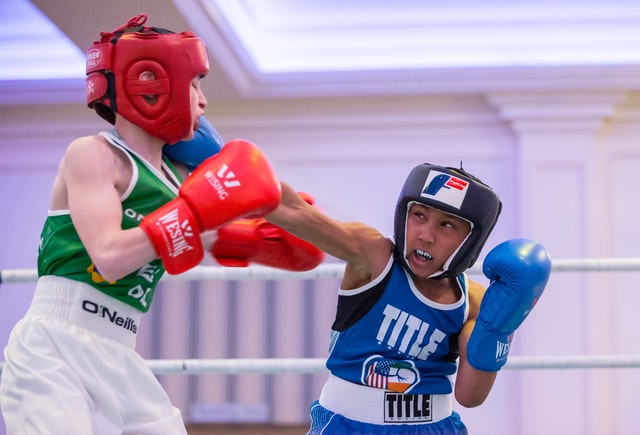
If you’ve been enjoying a sport for a while now (or have been completely engrossed by it), then you are probably familiar with the fact that it pays to be safe when it comes to being on and off the field, court, or mats.
Whether you’re into a full-contact sport like football or boxing or martial arts like Brazilian jiu-jitsu and judo, there’s no doubt that safety is a critical factor to consider at all times. From going over the right techniques and practicing them with drills to minimize risks to brushing up on the necessary rules to follow, there are different ways to protect yourself.
Despite following those steps, having the right equipment is the most effective way to prevent rather unfortunate events from happening. In the case of mouthguards, they’re especially vital because of how well they prevent various injuries from popping up and potentially altering (or ending) one’s life.
However, there’s one problem with mouthguards that is hindering athletes (and potentially you) from making the most out of them: The wide range of related myths.
Debunking common mouthguard myths
As seemingly-minor as they may seem, mouthguards are big when it comes not only to ensuring safety but also the range of misconceptions that surround them. Unfortunately, all sorts of myths have propagated because of how widespread assumptions about these pieces of safety equipment have become, especially in those that are completely far from the truth.
Thankfully, you won’t need to miss out on maximizing the benefits of using mouthguards because we will debunk three common misconceptions that you may come across:
Myth #1: You only need mouthguards for contact sports
If there’s such a thing as an irrefutable misconception, it would be that mouthguards are only needed for contact sports.
Contact-related injuries, where mouthguards are capable of making the most difference, usually happen in sports where body contact is illegal, such as soccer, basketball, or even lacrosse. Considering that all sports have inherent risks of having hands, feet, knees, heads, and elbows flying around in a flurry left and right, merely participating already puts your upper and lower jaws at an inherent level of risk!
Myth #2: Athletes that have braces can’t use mouthguards
False––if you have braces and actively train, compete, and participate in any sport, the chances are that you’ve shied away from using a mouthguard because it seems like wearing them won’t make sense. However, it’s worth noting that there are guards that are custom-built for each individual to accommodate any dental imperfections or overlapping treatments that may be in the way, and this also includes braces!
Myth #3: All mouthguards look the same
Now, while mouthguards weren’t created to deliver quality aesthetics, there’s no denying that having one that could look good will make you feel more confident and motivated.
Well, having personalized and attractive dental solutions isn’t a mere aspiration or shot in the dark for athletes today. When you get your piece of protective equipment from a top-quality cosmetic dentistry specialist like Ivy Rose DDS, you’ll be able to put a mouthguard together that protects your mouth while catering to your style!
Conclusion
Although mouthguards themselves are pretty straightforward when it comes to understanding why you should use them and how they work, the myths that concern them make for a completely different story. Thankfully, keeping this guide in mind can go a long way towards ensuring that you don’t end up hindering yourself from making the most out of the treatment itself as you stay safe while enjoying your favorite sport!
If you’re looking for a cosmetic dentist in Mansfield, TX, from a clinic that offers professional treatments and custom mouthguards that you can use to stay safe while you enjoy your sporting activities, we’ve got you covered. Get in touch with us today to schedule an appointment with our team of experienced dentists!

